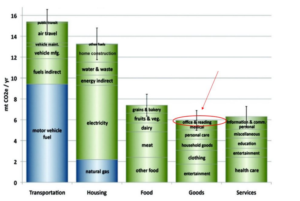CANPAK Group Makes Bold Renewable Electricity Pledge for 2022
CANPACK Group, one of the world’s largest manufacturers of sustainable packaging, is delighted to announce that starting in 2022 all of its plants across the globe will be powered using 100% renewable electricity where available, and where not available the company will purchase Energy Attribute Certificates or comparable certificates. In doing so, we believe that CANPACK becomes the first global can maker to make such a far-reaching commitment. The company recently signed up to the Science-Based Targets Initiative (SBTi), where climate targets are only considered science-based if they’re in line with what’s needed to prevent the world’s climate from rising above 2°C against pre-industrial levels, and ideally for it not to rise more than 1.5°C. As a result, this latest announcement is a further commitment to CANPACK’s Sustainability Targets, which were announced back in January 2021.
